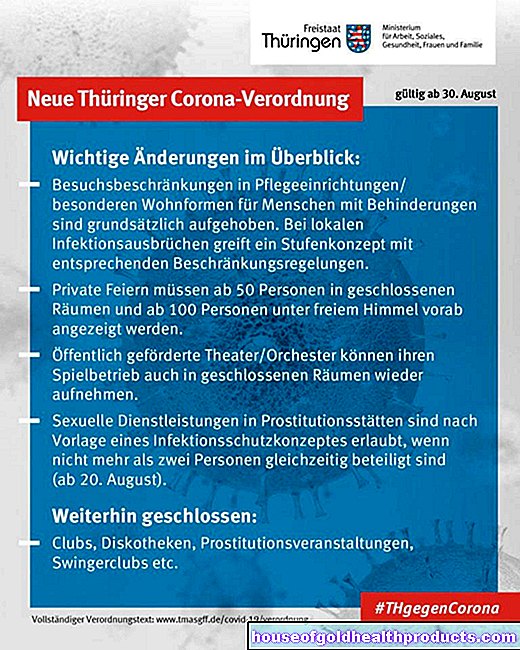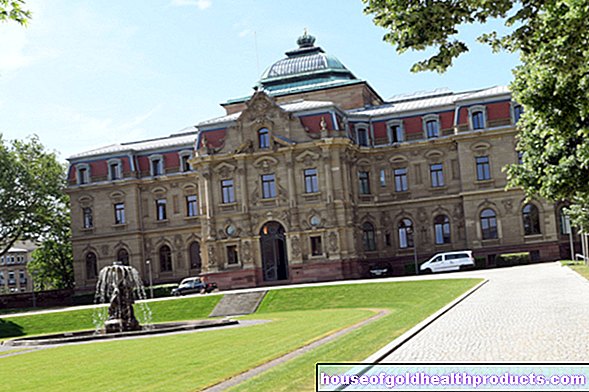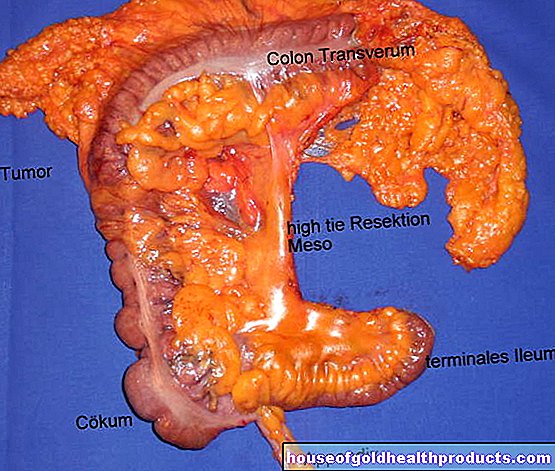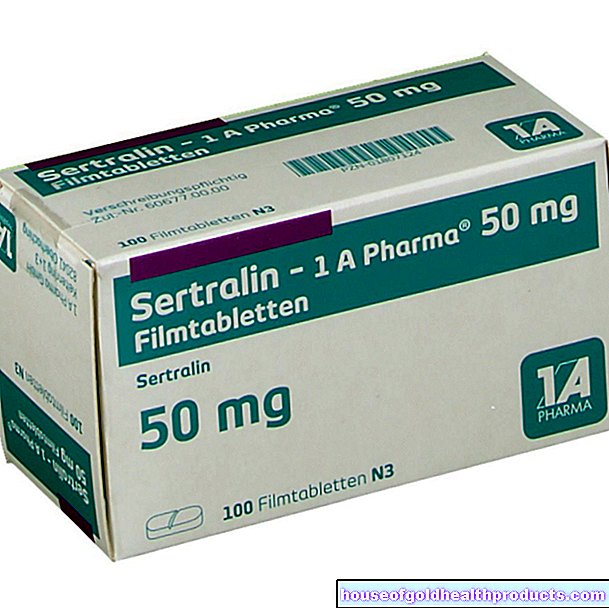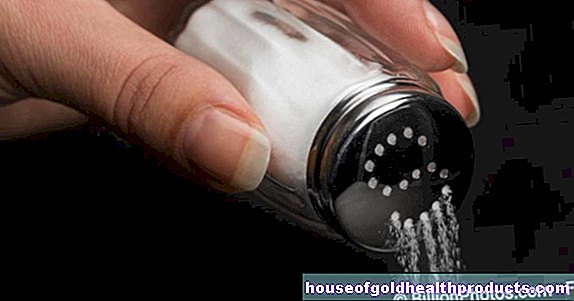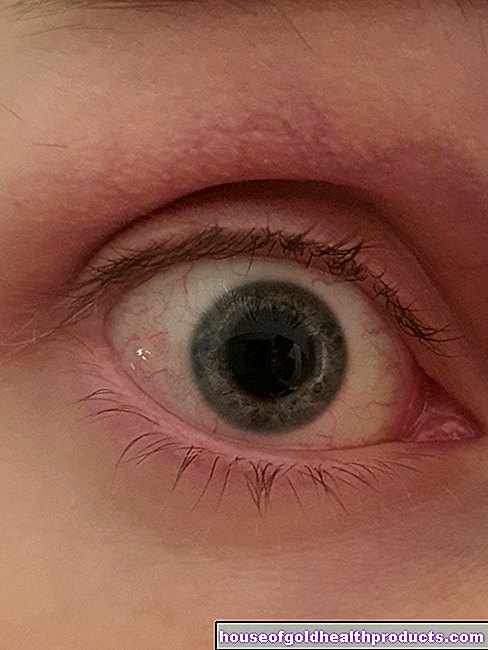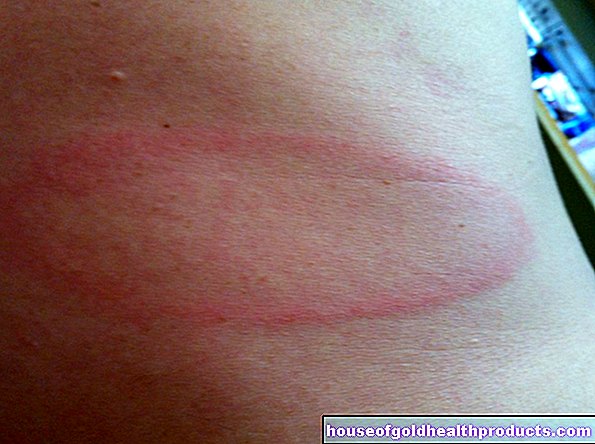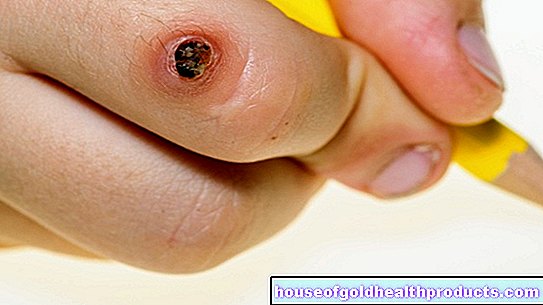Septoplasty
Markus Fichtl is a freelance writer in the medical department.
More about the experts All content is checked by medical journalists.A septoplasty is a surgical procedure to straighten the nasal septum (septum) if this permanently impedes nasal breathing. In addition to subjective shortness of breath, recurring infections such as runny nose or sinus infections can be the consequences. Read all about this surgical procedure, when it is performed, and the risks involved.

What is a septoplasty?
The nose is divided in the middle by the nasal septum (septum). It separates the two nostrils and consists of cartilage in the front and bone in the back. For most people, this partition is not exactly in the middle, but it doesn't cause any problems. In around a third of the population, the deviations from the center line are so great that breathing is impeded. Due to the inclination of the septum, one nostril is smaller than the other and allows significantly less air to pass through. During septoplasty, this deviation is surgically straightened with the aim of ensuring free nasal breathing.
When is a septoplasty performed?
A septoplasty is performed for:
- chronically impaired nasal breathing in connection with a pronounced deviation of the septum from the midline
- Supportive with combined nasal mucous membrane overgrowth and septum deviations
- Cosmetically to correct a cartilaginous crooked nose
- Impaired ventilation of the paranasal sinuses (and thus frequent inflammation) due to a septum deviation
- Nasal bone fracture
What do you do with a septoplasty?
The nasal septum surgery is usually performed under general anesthesia, but in individual cases it can also be performed under local anesthesia. In preparation, the doctor injects the patient with decongestant medication. A mixture of locally effective anesthetics and adrenaline as well as an alpha sympathomimetic, which additionally narrows the blood vessels, is usually used. Antibiotics are usually not needed.
Surgical access to the septum is usually carried out using the Cottle technique: Here, the surgeon cuts on one side of the lower edge of the septal cartilage or, alternatively, about two millimeters below the transition from the skin of the outer nose to the inner nasal mucosa. In the next step, the perichondrium (cartilage membrane) of the septum is lifted off and the nasal septum and mucous membrane are separated from each other. The surgeon corrects the cartilage and / or bone deformities through several gaps in the nasal septum, so-called septal tunnels.
Once the septum has been straightened, it is sutured to the nasal spine, a small protrusion of bone. The skin incision is then closed and sutured. Splints in both nostrils and / or a nasal packing for 24 hours - so absorbent compresses - are inserted to stop bleeding.
What are the risks of a septoplasty?
In almost every third patient, nasal breathing improves only slightly or not at all after the operation. In addition to a surgical technique that is not yet fully developed, this can be caused by an all too frequent diagnosis.
After a septoplasty, a variety of complications can be caused by bleeding, infection or excessive removal of nasal cartilage.They include:
- Septal hematoma
- Septal abscess
- Infection of the skin incision
- rare: loss of mucous membrane after tamponade that is too tight or sutures that are too tight
- rare: sensory disturbance of the palate just behind the incisors
- Septal perforation
- Adhesions, renewed curvature of the nasal septum
- Development of a so-called “saddle nose” in the event of extensive operations: the nose “collapses” because it is no longer adequately supported by the cartilage
- other undesirable changes in the shape of the nose
What do I have to consider after a septoplasty?
The self-cleaning function of the nose is still limited in the first days and weeks after the operation. Care products such as nasal ointments, oils, inhalations or salt water rinses are helpful here. Your ENT doctor should also check the septoplasty regularly. Since cartilage heals slowly, the nose should be spared for several weeks after a septoplasty.
Tags: therapies organ systems elderly care

